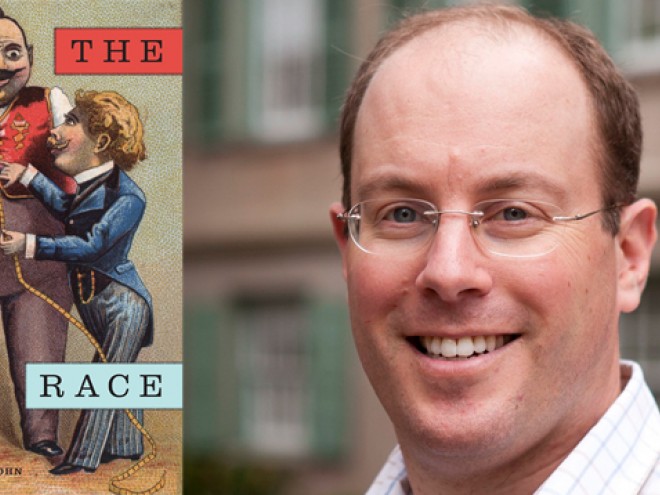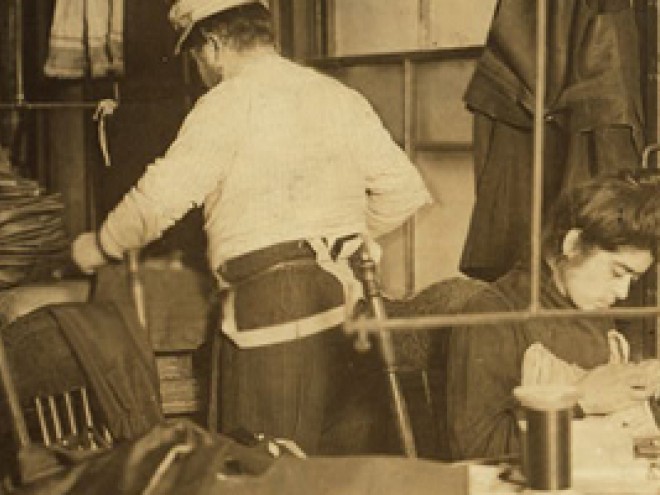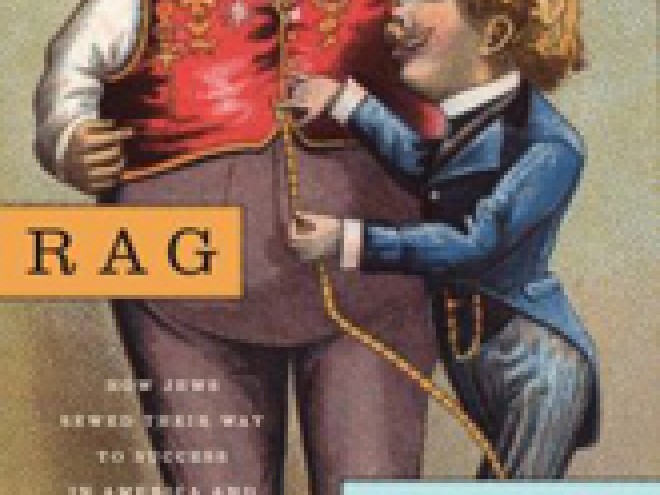The experiences of contemporary immigrants in the current wave of globalization has led to scholarly interest in the ways that the lives of people in past generations transcend national boundaries. Even before the rapid travel and communication of the present, transnational ties between individuals, families and communities were durable and influential. This book includes eleven original articles which consider the nature of these ties and their impact in a variety of locales. Although some articles are comparative, rather than being truly transnational in their focus, several offer important challenges to conventional wisdom in previous scholarship on Jewish history.
The first three articles, on the “Anglophone Diaspora,” provide important insights into a little known aspect of transnational Jewish life including changes in Jewish religious leadership and the movement of individuals and families in the Pacific rim which connected migrants to Australia and New Zealand with the California Gold Rush. In Australia, members of tightly knit networks of former Jewish convicts employed later arrivals thereby offering them a unique opportunity in their transition into full economic and social participation after their prison terms ended.
Three articles present novel information and important nuances about European migration. Rebecca Kobrin authored an insightful discussion of how transnational ethnic banking facilitated mass migration from Europe to America by extending credit. Surprisingly, Yiddish print culture took root in the U.S. before it did in Europe. Additional articles focus on agricultural colonies and kibbutzim in the US, Argentina and Israel; the Jewish community of Harbin, China; and the unique features of Romanian Jews; and the Bene Israel in India, Israel and the US.
This collection contributes to our understanding of Jewish life and culture in two important ways. First, its transnational focus illuminates the considerable interaction across national borders at a time when travel was slow and communication was difficult. Second, it includes a significant number of examples that go beyond the standard narrative of shtetl Jews moving to ethnic enclaves in major American cities. The range of experiences is impressive and has important implications for understanding the current dynamics of the unprecedented volume of global migration.
Related Content:





